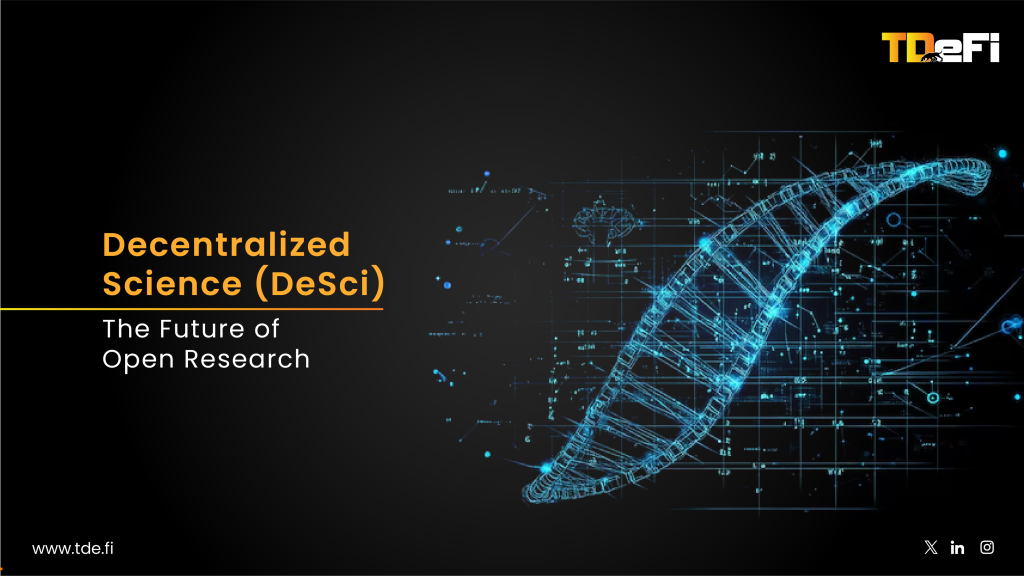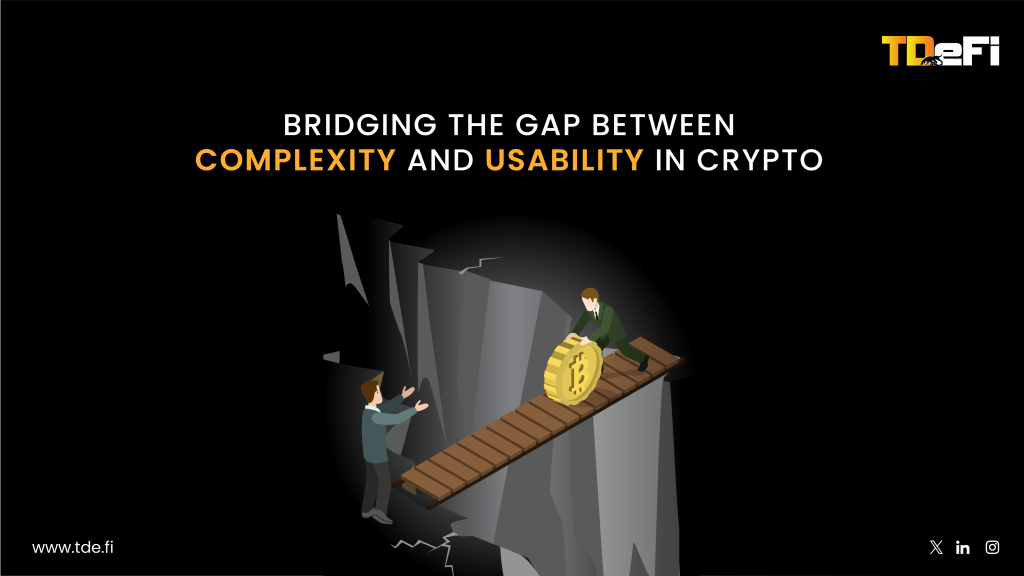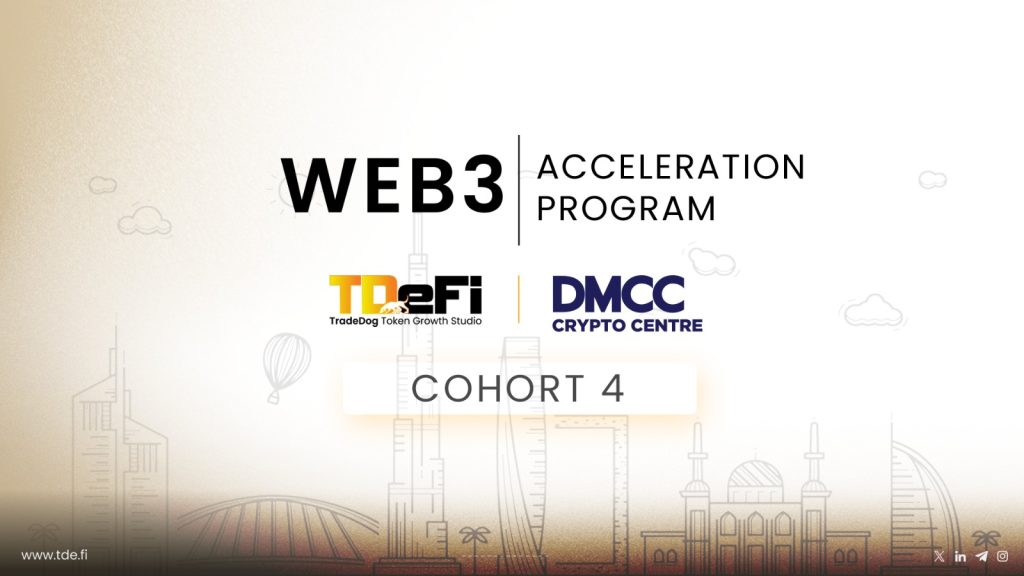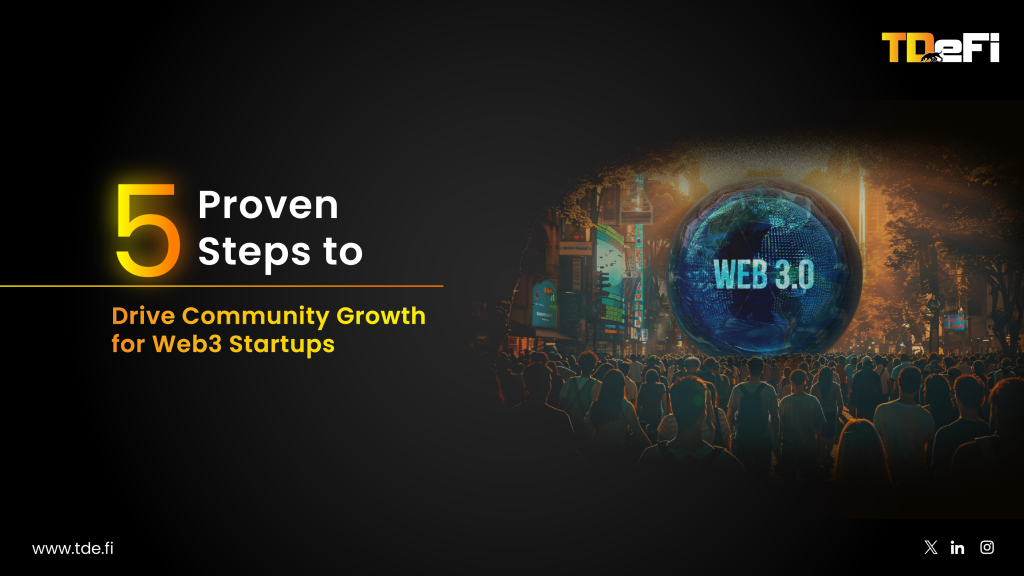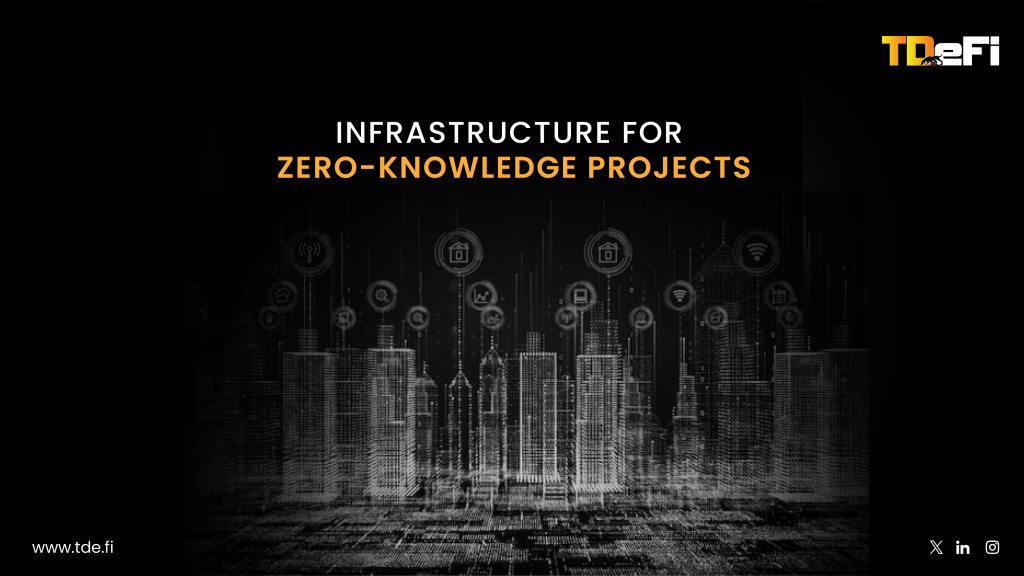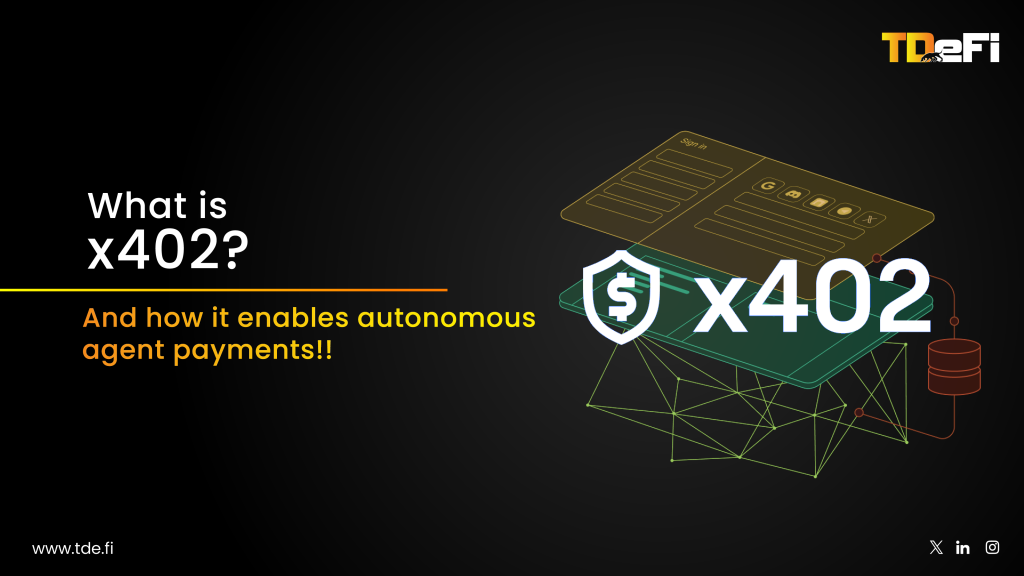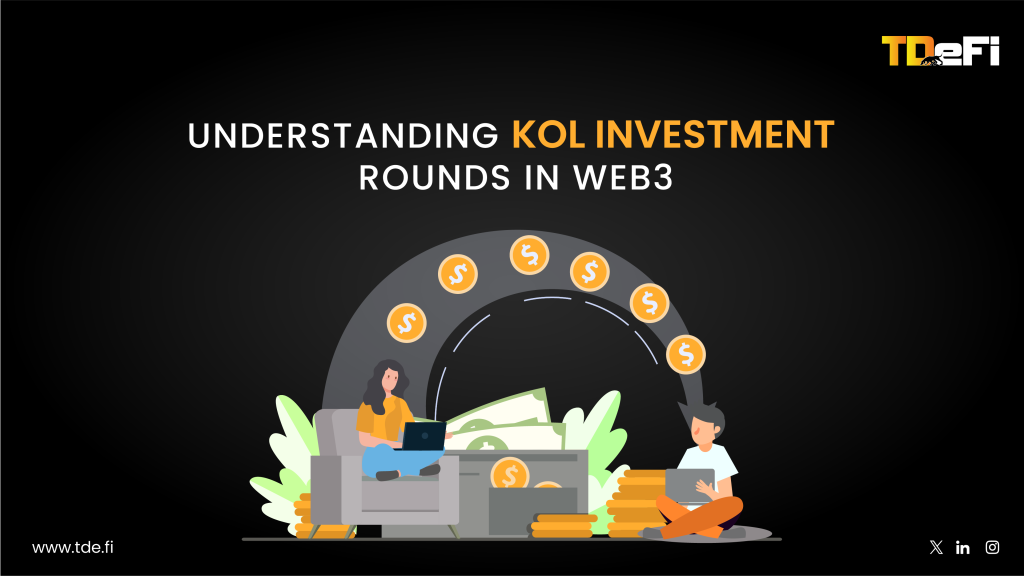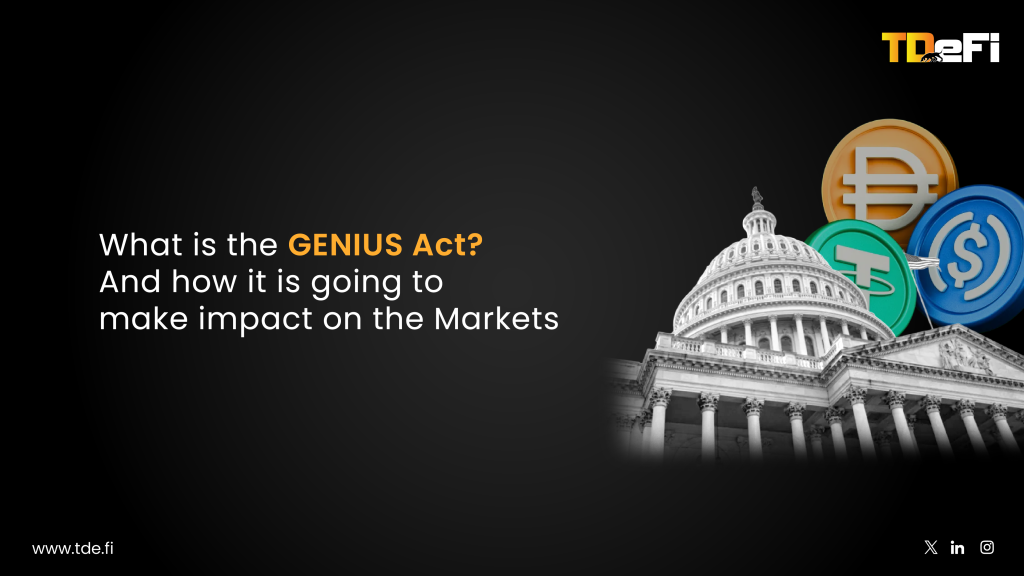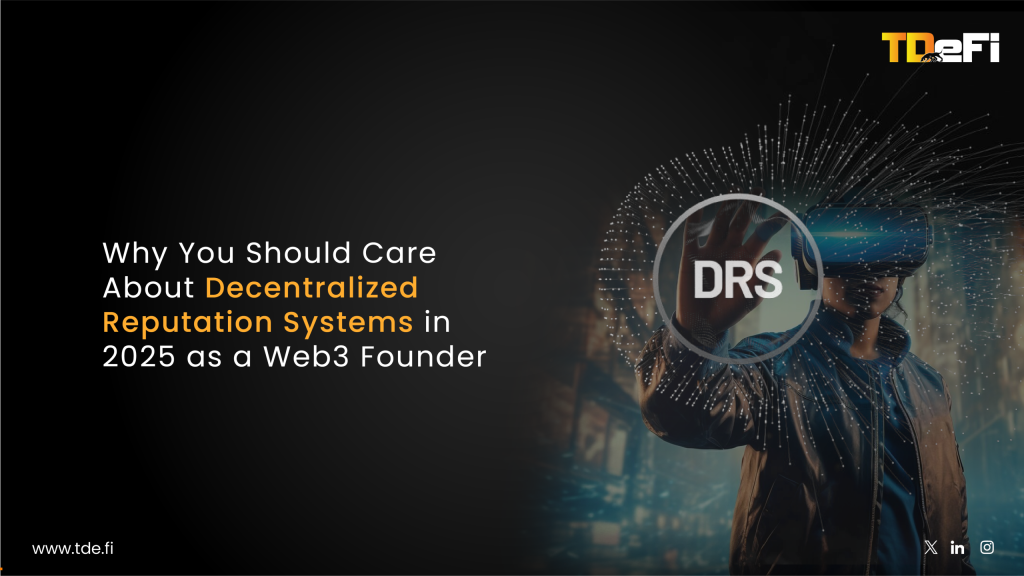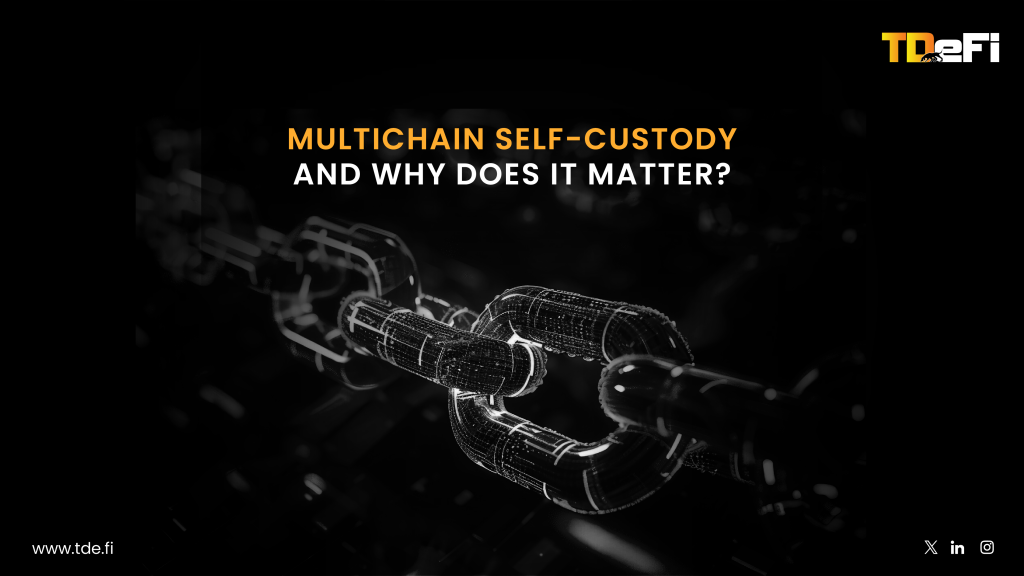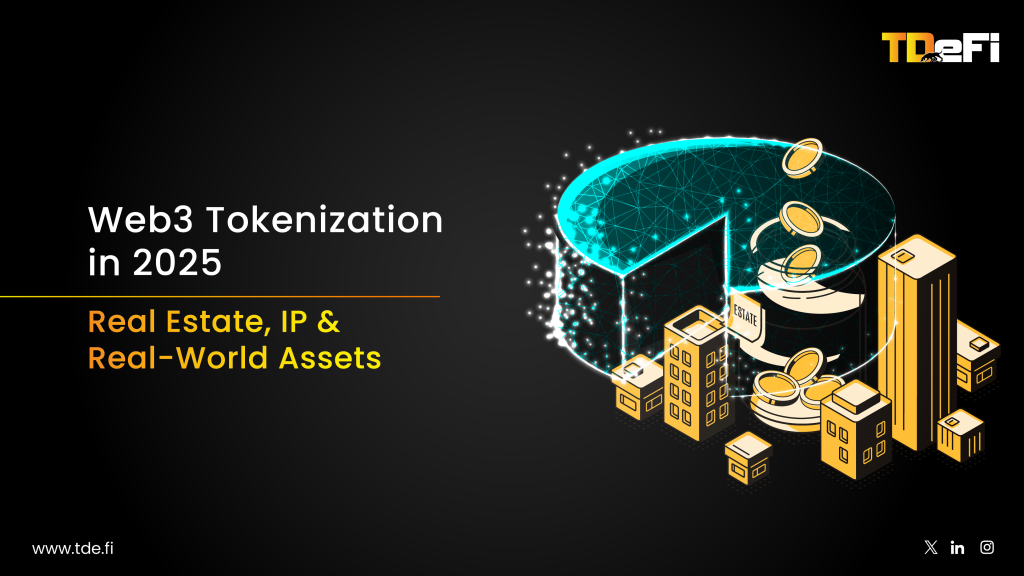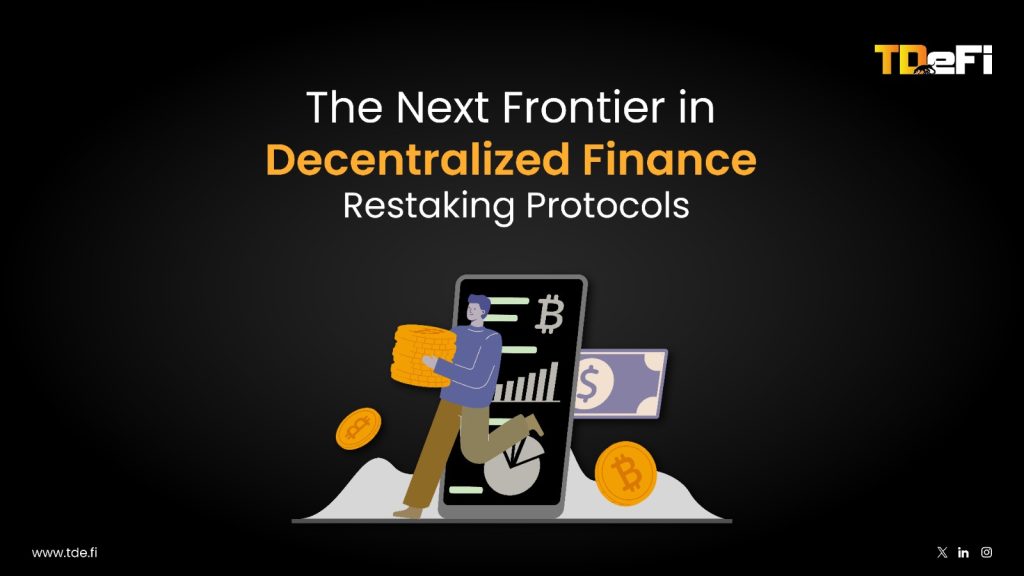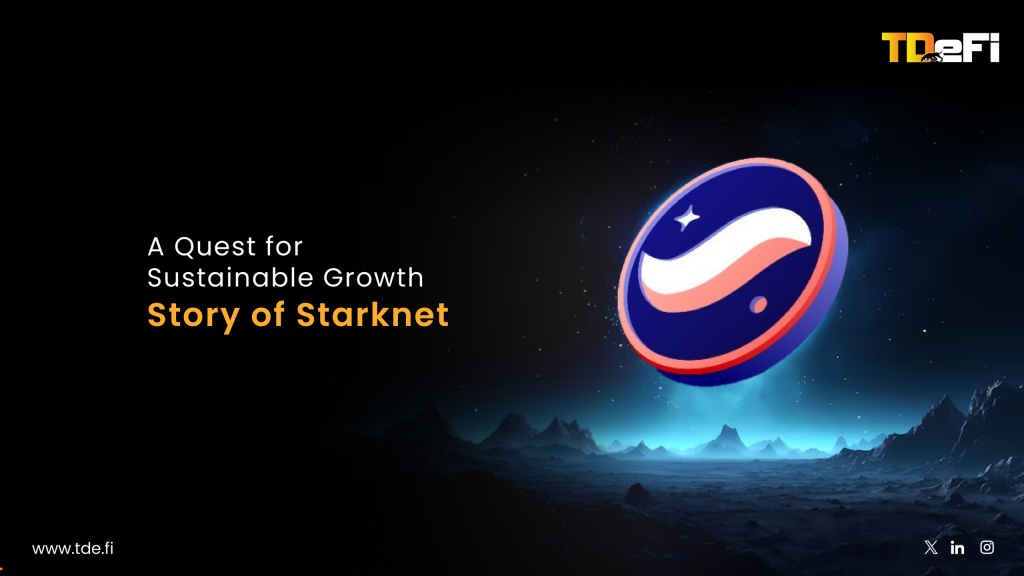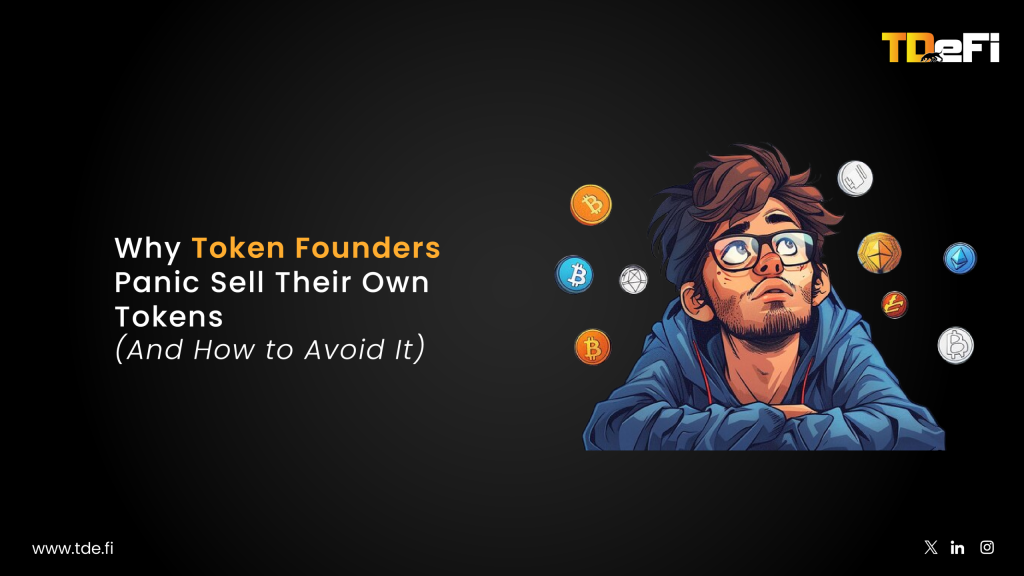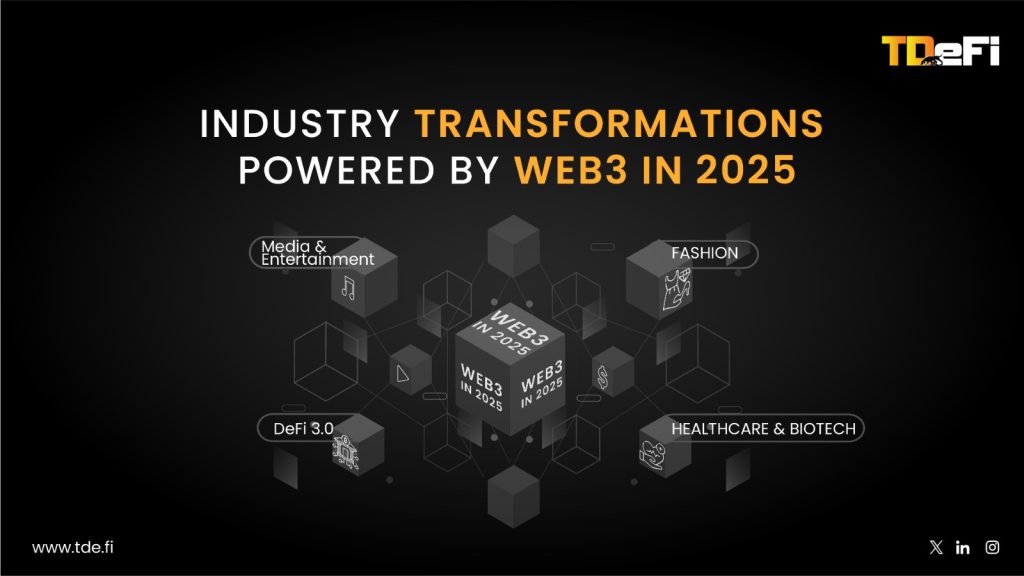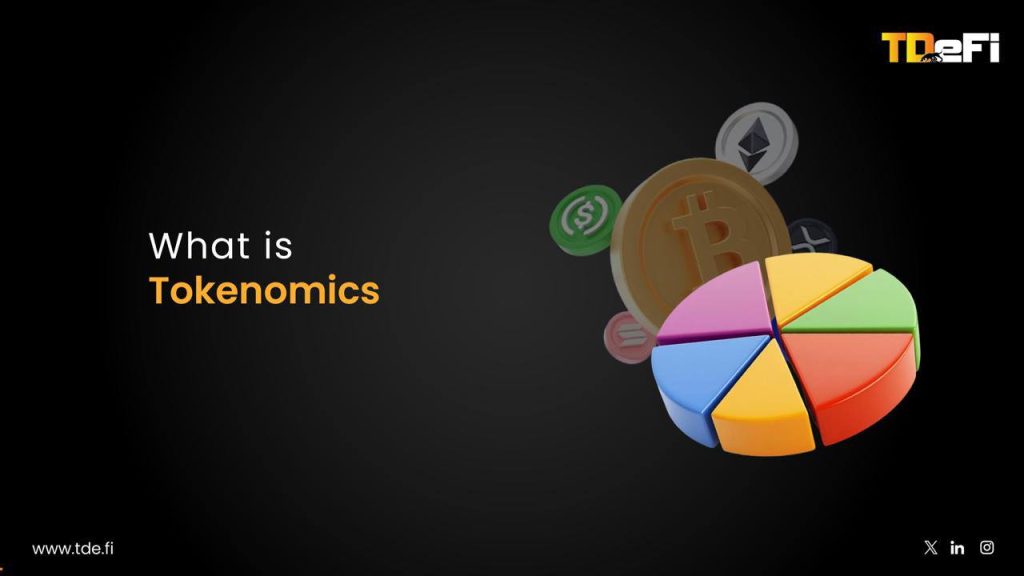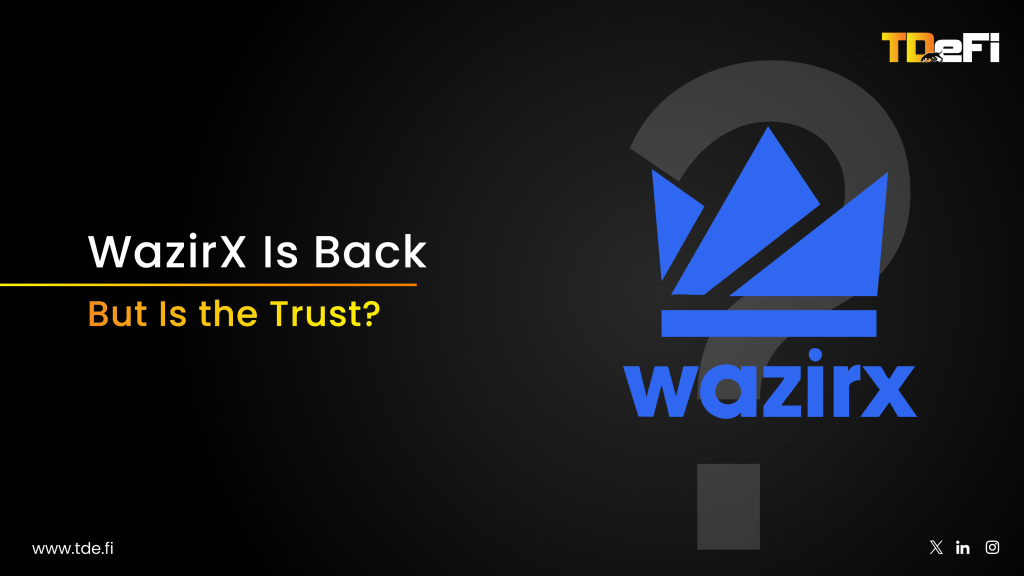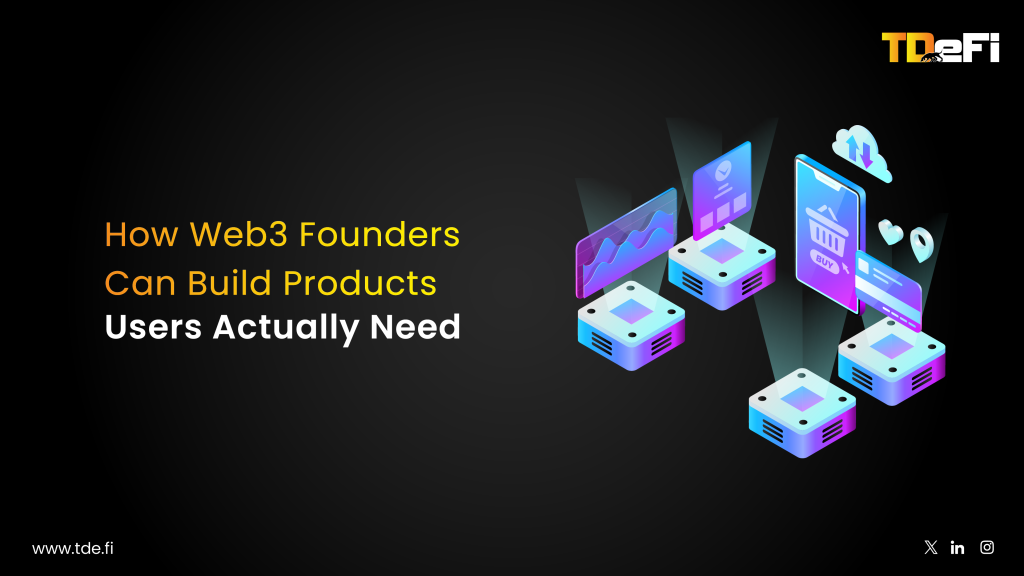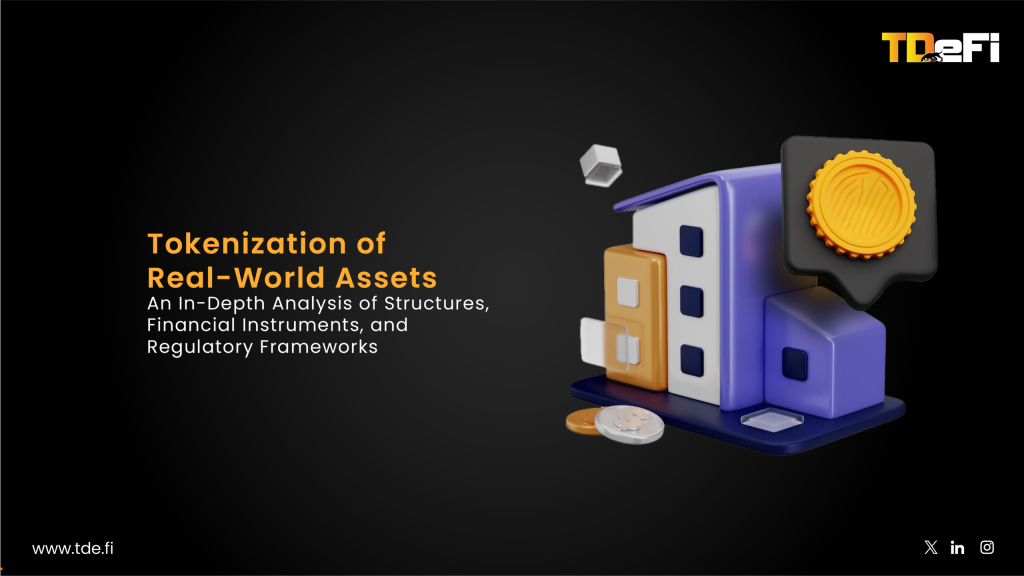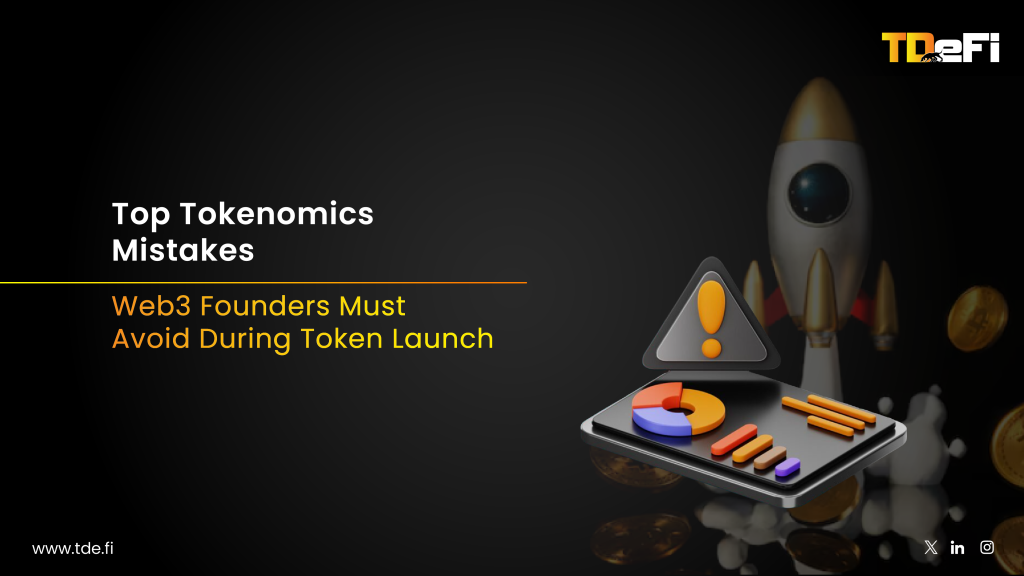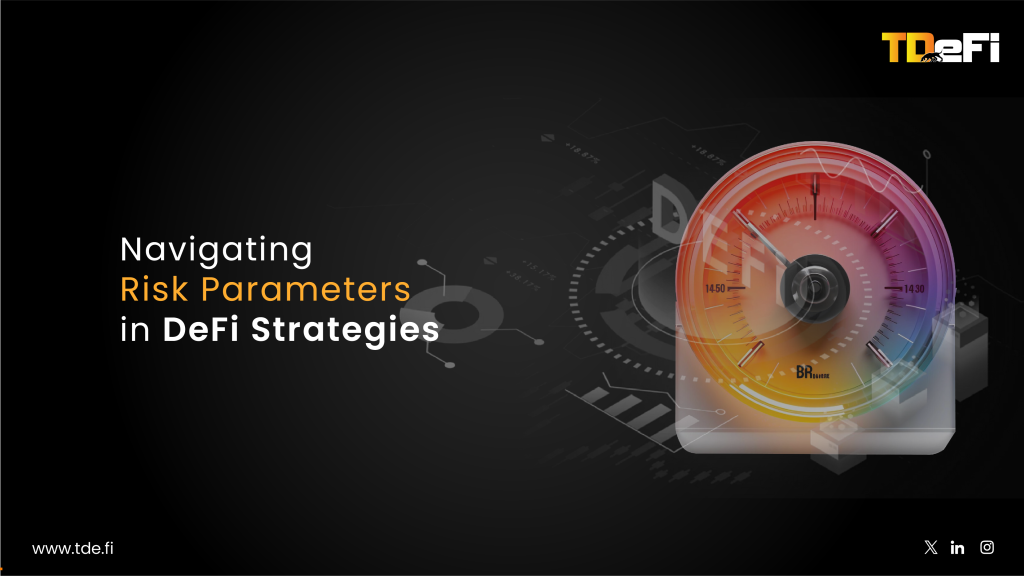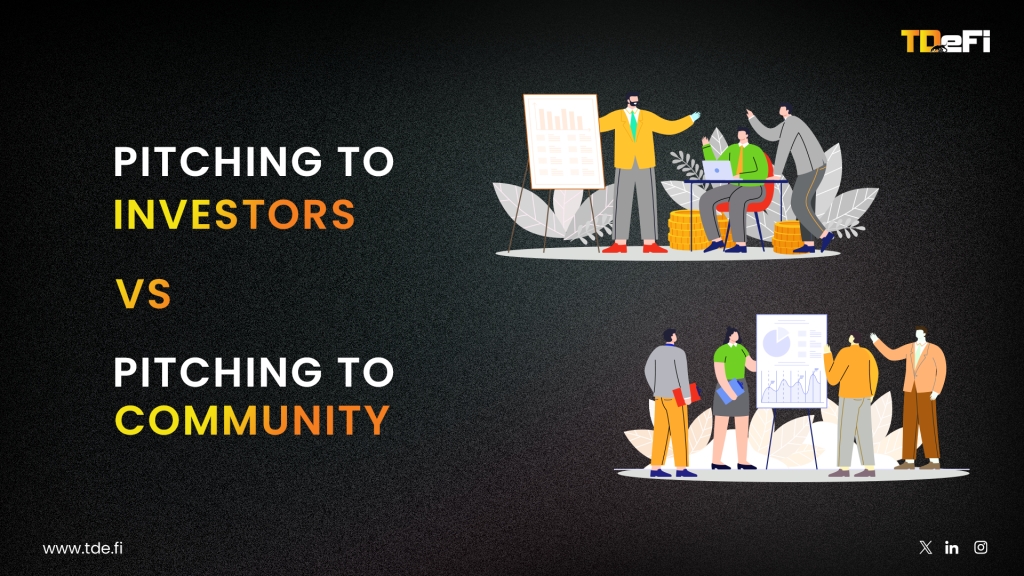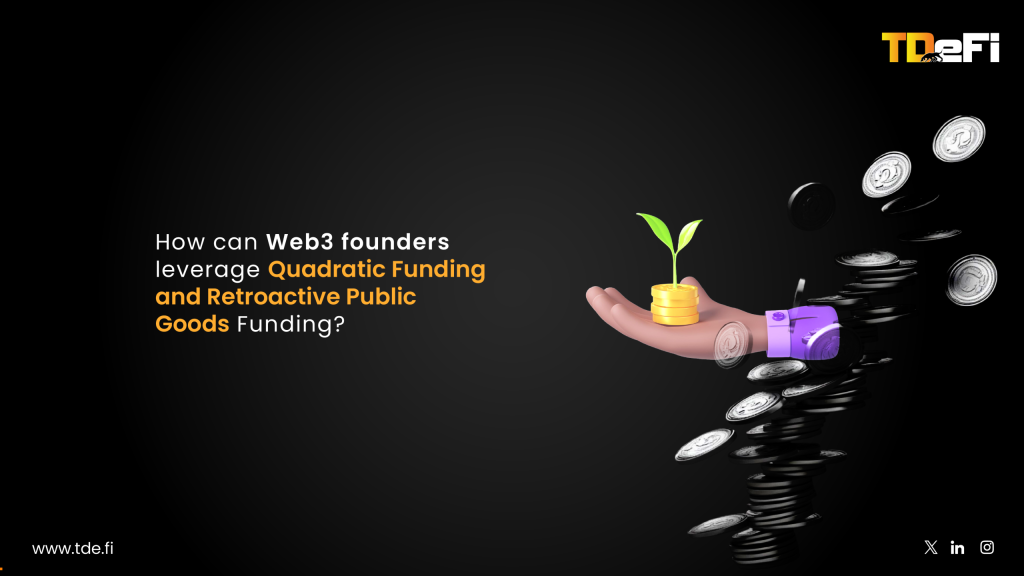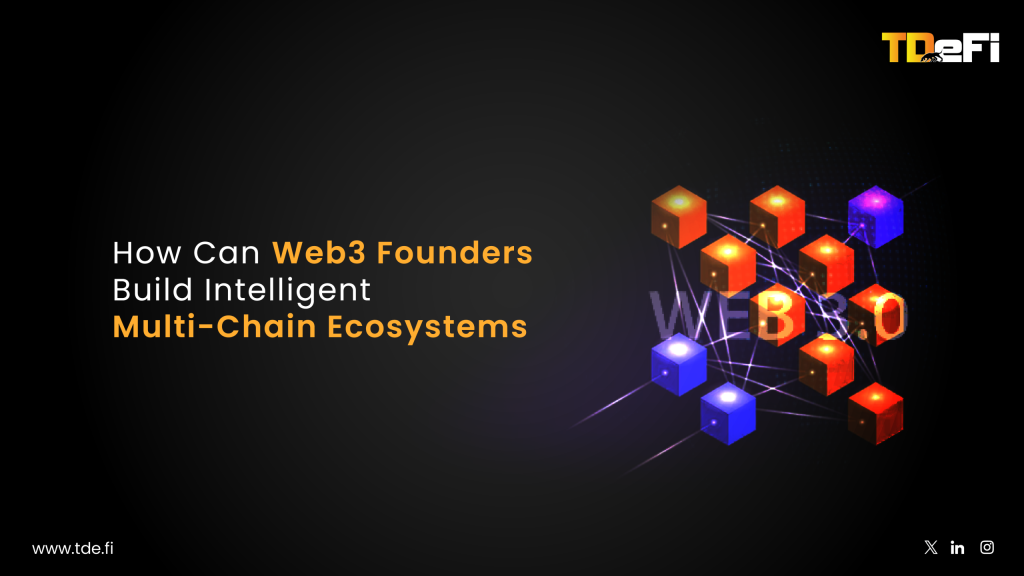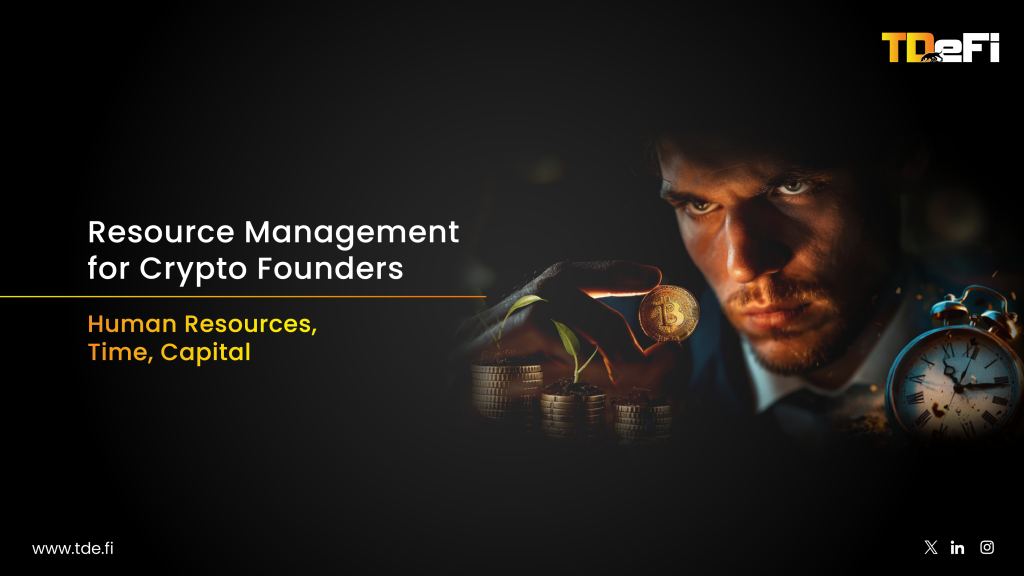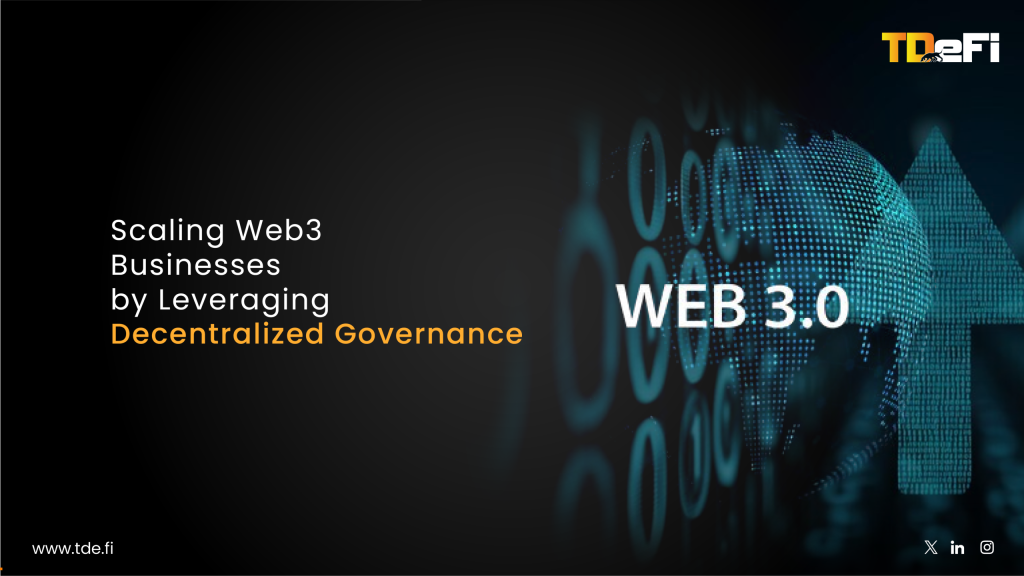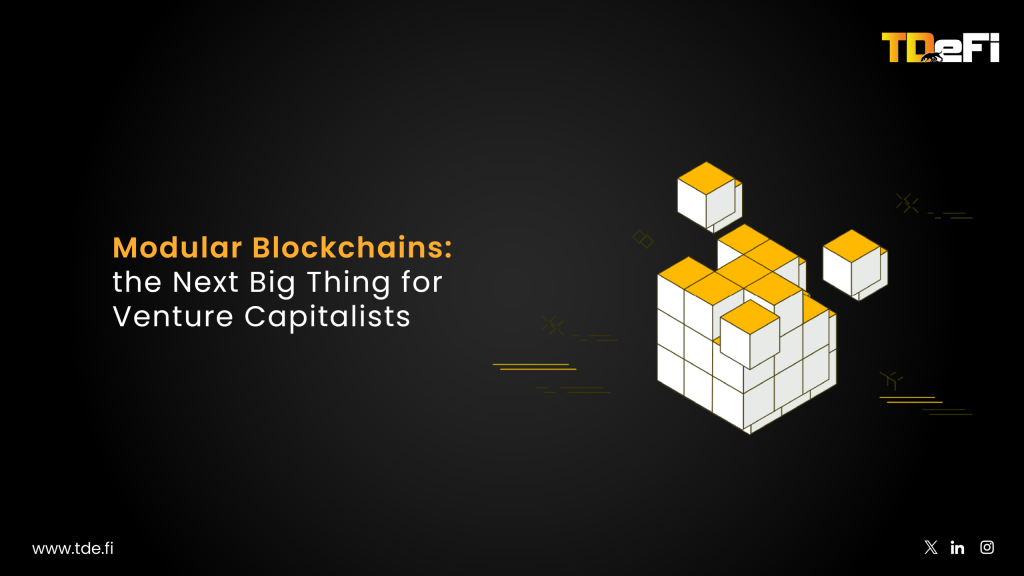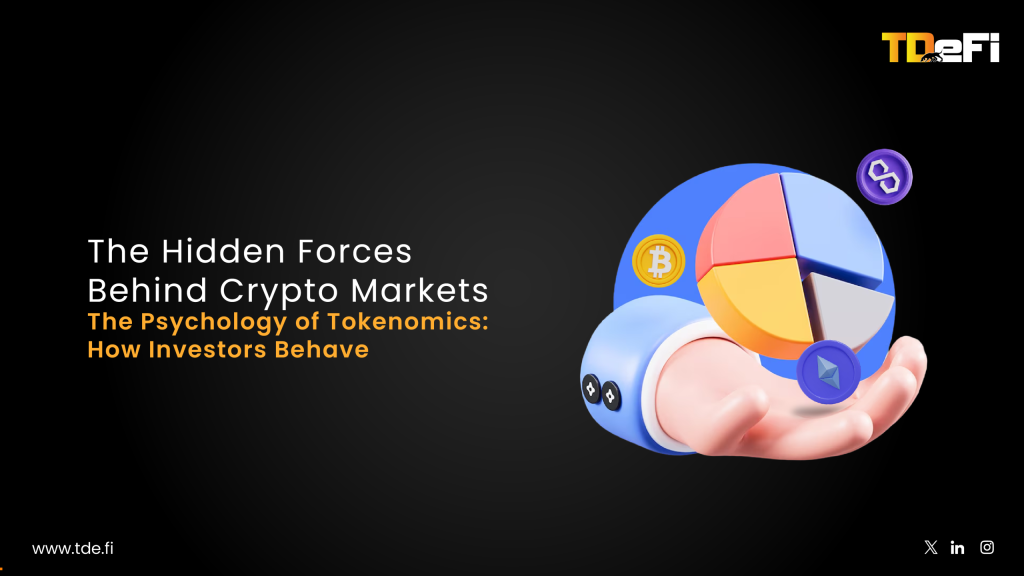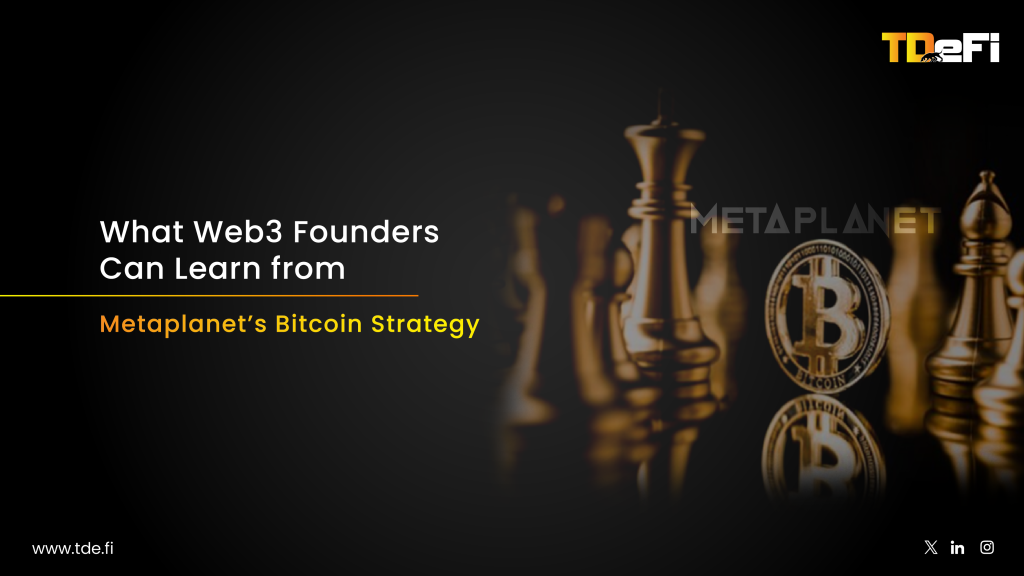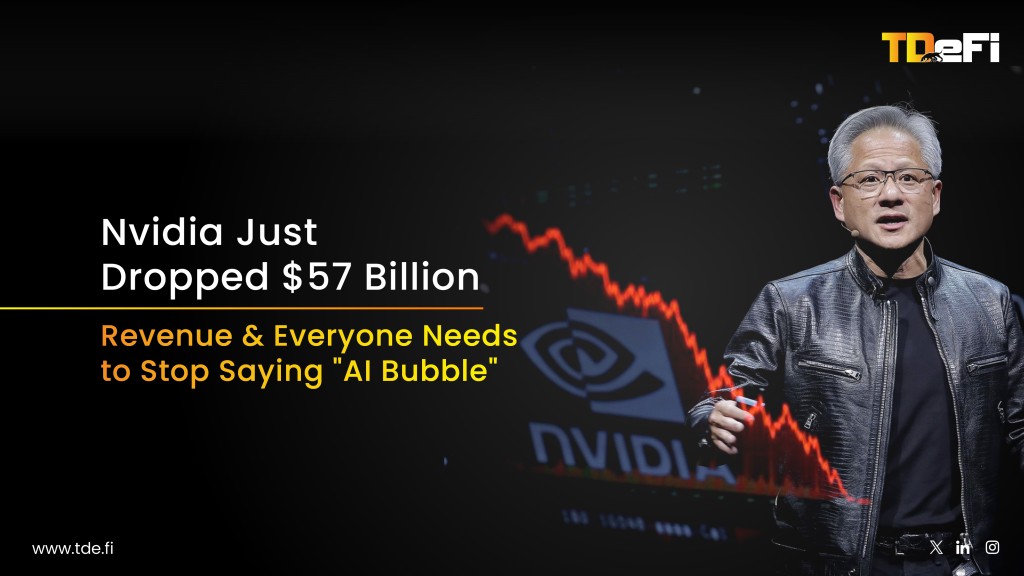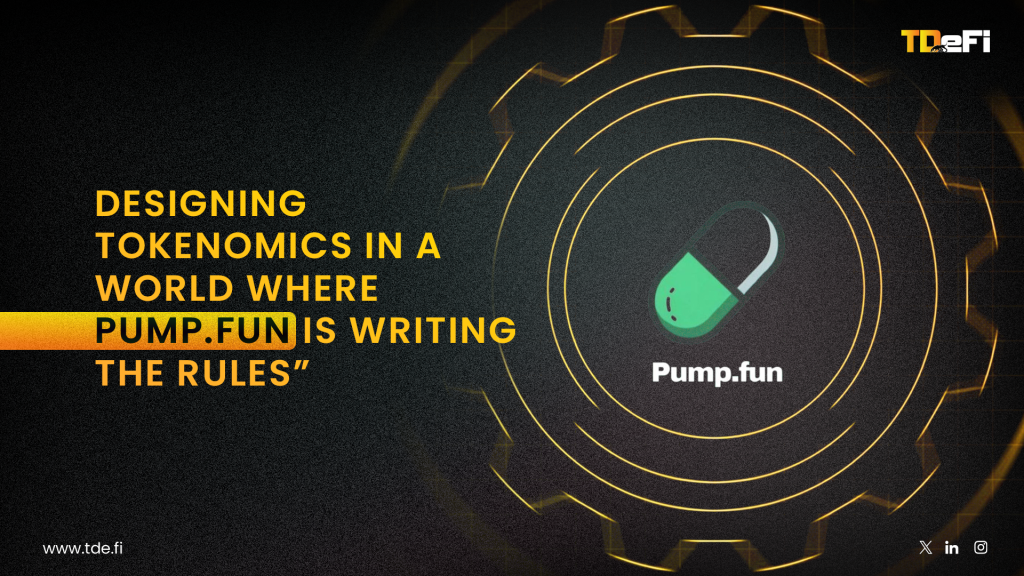TL;DR
The convergence of ETFs, Real-World Assets (RWAs), and stablecoins is creating a paradigm shift that will fundamentally transform how token projects approach liquidity in 2025. This triumvirate of traditional finance integration is establishing new benchmarks for institutional-grade liquidity standards that token projects can no longer ignore. At TDeFi, we’re witnessing firsthand how this evolution is forcing projects to abandon outdated tokenomics models and embrace sustainable, revenue-driven liquidity strategies.
The ETF Revolution: Setting New Liquidity Standards
The cryptocurrency ETF market has reached unprecedented maturity, fundamentally altering liquidity dynamics across the digital asset space. Bitcoin ETFs alone attracted over $36.9 billion in cumulative net inflows since their launch, with 2025 projections suggesting flows will exceed 2024 performance. This institutional capital influx has created a new standard for what constitutes meaningful liquidity.
The numbers speak volumes: Bitcoin ETFs processed over $1.9 billion in net inflows during the first week of January 2025 alone. This institutional validation creates a competitive environment where token projects must provide compelling liquidity advantages to compete with ETF-based alternatives. The ETF infrastructure offers institutional investors regulated exposure to crypto assets without direct custody requirements, enhanced market liquidity through continuous trading on traditional exchanges, and compliance frameworks that satisfy fiduciary standards.
From TDeFi’s perspective, this represents more than market evolution—it’s a fundamental shift in investor expectations. The success of crypto ETFs has created a spillover effect benefiting other cryptocurrencies, as Bitcoin’s legitimacy through ETFs increases interest and investment in the broader digital asset class. Bitwise Asset Management’s prediction that 2025 will “usher in the golden age of crypto,” with Bitcoin, Ethereum, and Solana representing the “magnificent three,” underscores how institutional validation is reshaping the competitive landscape.
RWA Tokenization: The $18.9 Trillion Opportunity
Real-World Asset tokenization represents perhaps the most significant liquidity transformation in the Web3 ecosystem. Market projections reaching $18.9 trillion by 2033 at a 53% compound annual growth rate signal a fundamental shift in how traditional assets interact with blockchain infrastructure. The RWA market has already expanded from less than $2 billion three years ago to approximately $13.9 billion today, with 2025 projections targeting $50 billion in total on-chain value.
BlackRock’s USD Institutional Digital Liquidity Fund exemplifies this transformation, growing to over $600 million in assets and becoming the largest tokenized U.S. Treasuries fund. Operating across seven blockchains including Ethereum, Solana, Arbitrum, Avalanche, Optimism, and Polygon, the fund demonstrates how RWAs are creating multi-chain liquidity pools that traditional token projects struggle to match.
The RWA ecosystem offers several liquidity advantages that challenge traditional token models. Enhanced liquidity through tokenization converts traditionally illiquid assets into more fluid markets where ownership can be transferred in seconds rather than weeks or months. Fractional ownership democratizes access to high-value investments, as platforms like RealT and Propy split high-value assets into $1 tokens. Global accessibility enables anyone with an internet connection to access tokenized assets, fostering worldwide marketplace participation.
Major financial institutions are embracing RWA tokenization, with Deutsche Bank, Goldman Sachs, HSBC, BNP Paribas, and RBC Capital Markets actively participating in digital bond initiatives. Goldman Sachs’ tokenization platform using Digital Asset technology supports reduced bond issuance times, indicating the speed at which traditional finance is adopting tokenized asset models.
Stablecoin Domination: The $240 Billion Liquidity Engine
Stablecoins have emerged as the dominant liquidity infrastructure of the crypto economy, reaching a record market capitalization of $228 billion in 2025 with a $33 billion surge representing 17% growth in just a few months. The stablecoin market, currently valued around $240 billion, is expected to reach $400 billion by Christmas 2025, establishing stablecoins as the payments backbone of the digital economy.
The regulatory environment has significantly improved stablecoin legitimacy, with Vice President JD Vance endorsing stablecoins as a “force multiplier” for U.S. economic power and supporting the GENIUS Act to establish comprehensive regulatory frameworks. This political backing suggests stablecoin integration into traditional financial systems could unlock trillions of dollars in global demand for American debt.
Circle’s public listing on June 13, 2025, raised $1.1 billion in an oversubscribed deal that was 25 times oversubscribed, with the stock nearly tripling on its first trading day. This validates stablecoins as legitimate financial infrastructure and demonstrates institutional appetite for stablecoin-related investments.
The stablecoin market offers several competitive advantages that token projects must address: predictability makes stablecoins essential for trading volatile crypto markets, as traders rely on USDT, USDC, and emerging regional tokens as preferred liquidity pairs. Payment adoption enables faster settlements and cross-border transactions without high fees, increasing financial inclusion in developing nations. On-chain utility across DeFi, gaming, and NFTs provides reliable mediums of exchange that expand beyond basic storage.
The Liquidity Fragmentation Crisis
The proliferation of new tokens has created a severe liquidity fragmentation crisis that ETFs, RWAs, and stablecoins help address. The average stablecoin liquidity per token declined from $1.8 million in 2021 to just $5,500 in March 2025—a 99.7% drop—as token issuance surpassed 40 million assets without corresponding capital growth.
January 2025 witnessed an unprecedented surge in token creation, with over 600,000 new tokens minted, a twelvefold increase from the monthly average of 50,000 observed between 2022 and 2023. This explosion in token supply has spread investor attention and capital across an ever-growing number of assets, diminishing individual token liquidity and potentially increasing volatility.
At TDeFi, we’re working with projects to navigate this fragmentation by focusing on sustainable liquidity strategies rather than short-term token launches. The traditional 2021-era playbook of launching communities through Discord servers and airdrop campaigns no longer produces lasting engagement without durable revenue sources. Projects must now demonstrate product-market fit and sustained demand through revenue generation rather than relying solely on speculative interest.
Strategic Imperatives for Token Projects
Token projects must fundamentally rethink their liquidity strategies to compete in this transformed landscape. The convergence of ETFs, RWAs, and stablecoins creates several critical imperatives that successful projects must address.
Institutional-Grade Standards: Projects must adopt infrastructure and compliance standards that meet institutional requirements rather than relying solely on retail participation. This includes implementing robust custody solutions, regulatory compliance frameworks, and transparent reporting mechanisms that satisfy fiduciary standards.
Real Utility Demonstration: The era of speculative token launches without underlying utility is ending. Projects must demonstrate clear use cases, revenue generation, and product-market fit to justify token valuations and maintain investor interest beyond initial hype cycles.
Cross-Chain Liquidity Strategies: Successful projects must develop comprehensive cross-chain strategies that provide liquidity across multiple networks rather than focusing on single blockchain ecosystems. This includes implementing bridge technologies, multi-chain deployment strategies, and unified liquidity management.
Professional Market Making: The sophistication of stablecoin liquidity providers and ETF market makers sets new standards for liquidity provision. Token projects must engage professional market makers or develop sophisticated in-house capabilities to provide adequate liquidity depth.
Protocol-Owned Liquidity: Learning from innovations like Olympus DAO’s Protocol-Owned Liquidity, projects should consider owning and managing their liquidity reserves directly rather than relying solely on external providers. This ensures consistent trading functionality while reducing dependency on mercenary liquidity providers.
Revenue-Based Sustainability: Projects must move beyond token distribution models to implement sustainable revenue generation that justifies long-term token value. This includes transaction fees, service revenue, and other mechanisms that create genuine economic value.
TDeFi’s Approach to the New Liquidity Landscape
At TDeFi, we’re helping projects navigate this transformation by focusing on sustainable, institutional-grade approaches to liquidity management. Our portfolio companies are implementing multi-chain strategies, engaging professional market makers, and building revenue-driven tokenomics that align with the new standards set by ETFs, RWAs, and stablecoins.
We’re particularly focused on projects that demonstrate real utility beyond speculative trading, helping them develop compliance frameworks that satisfy institutional requirements while maintaining the innovation and accessibility that makes Web3 compelling. Our approach emphasizes protocol-owned liquidity strategies that reduce dependency on external providers and create more sustainable trading environments.
Looking Forward
The convergence of ETFs, RWAs, and stablecoins represents more than market evolution—it constitutes a fundamental transformation of digital asset liquidity standards that demands strategic adaptation from token projects. Those that successfully integrate institutional-grade infrastructure, demonstrate real utility, and implement sophisticated liquidity strategies will thrive in this new environment, while projects clinging to outdated models will struggle to compete for increasingly sophisticated investor capital.
The liquidity landscape of 2025 rewards professionalism, compliance, and genuine value creation over speculative tokenomics and community hype, marking a maturation of the crypto ecosystem toward sustainable, institutional-grade financial infrastructure. At TDeFi, we’re committed to helping projects navigate this transformation and build the next generation of Web3 infrastructure that meets these elevated standards while preserving the innovation and accessibility that makes decentralized finance revolutionary.




